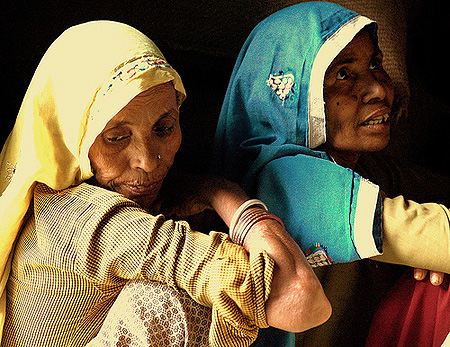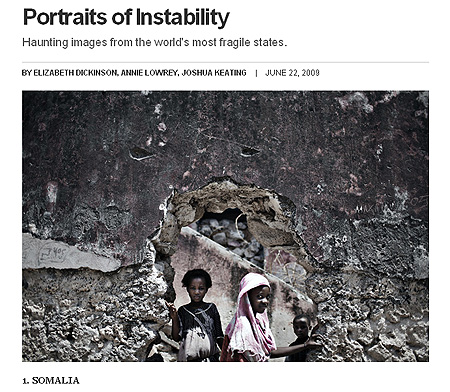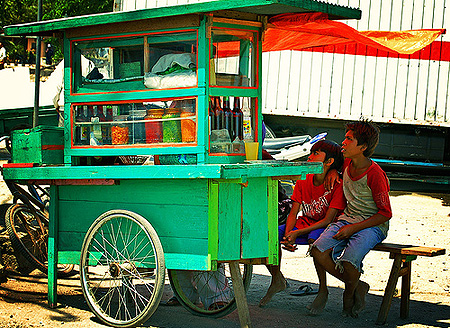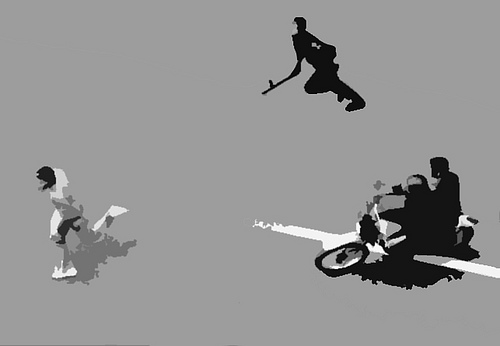In the wake of the Xinjiang riots, mass casualties and plenty of unwanted press, Chinese leaders were undoubtedly hoping for some good news.
They did not have to wait long. Little more than a week after the Urumqi riots Chinese authorities announced that the Chinese economy had grown by a healthy 7.9 percent in the second quarter of 2009. Compared to the West, this is a spectacular achievement and an encouraging sign for all those that saw the end of the world coming just months ago.
To the surprise of many seasoned China analysts and economists, China’s stimulus package managed to inject much-needed capital into the industrial sector; succeeded in offsetting the worst effects of massive export-industry layoffs by employing migrant workers in government projects, and perhaps most importantly, ensured that government-owned banks continued to lend despite the downturn. Even retail sales rebounded, the government announced, indicating that the Chinese consumer is still feeling confident and secure (unlike the rest of us).




